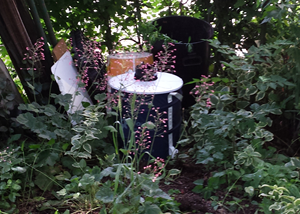The mosquito population monitoring is a fundamental activity to be considered a regular part of a scientifically based control program. The aim is to acquire data on presence, abundance, spatial and seasonal distribution of noxious species over the surveyed territory. The selection of the most appropriate monitoring method is not obvious and depend both on the target species and on the organizational level in which the monitoring program has to be worked out.
The use of CO2 baited traps for adult mosquito monitoring allows to:
The main traps used for monitoring adult mosquitoes from our medical entomologists are the CO2 traps and the Gravid traps.
BG-sentinel traps are mainly used for monitoring adults of invasive species such as Aedes albopictus, Aedes koreikus, Aedes japonicus.
